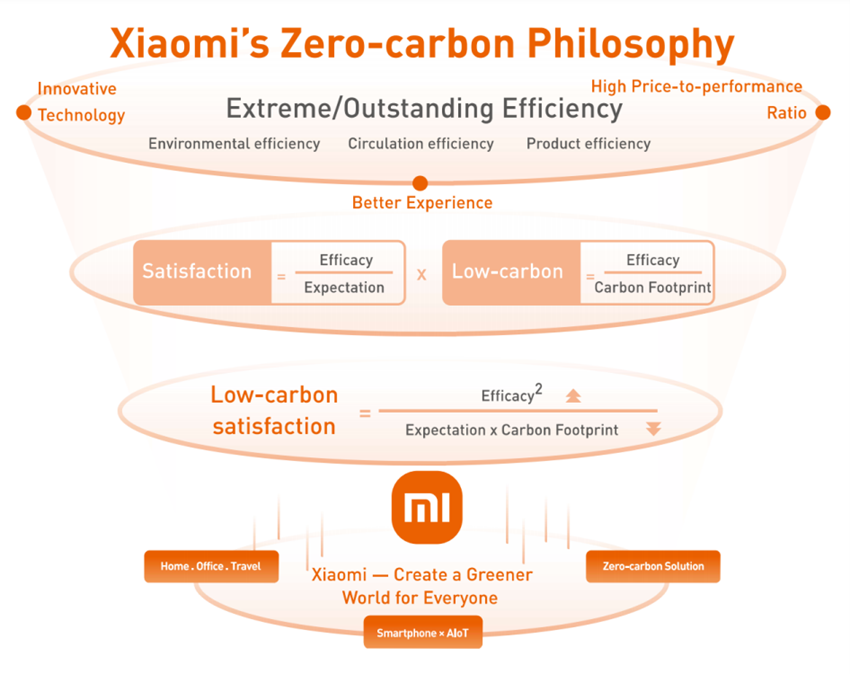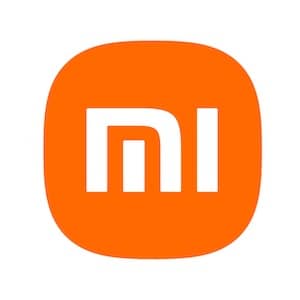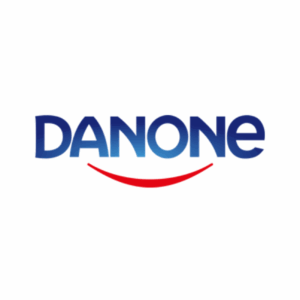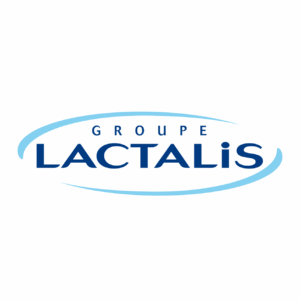Introduction to MI by Xiomi
Founded in April 2010 and listed on the Main Board of the Hong Kong Stock Exchange since 2018, Xiaomi is a consumer electronics company whose focus is smartphones and smart hardware connected by an IoT platform.
Embracing our vision of “Making friends with users and being the coolest company in users’ hearts”, Xiaomi continuously pursues innovations, high-quality user experience and operational efficiency.
The company develops products with affordable prices for everyone in the world to enjoy a better life through innovative technology.
The “MI” in our logo stands for “Mobile Internet”. It also has other meanings, including “Mission Impossible”, because Xiaomi faced many challenges that had seemed impossible to defy in our early days.
Xiaomi is committed to promoting sustainable economic development by leveraging its advantages in scale and operational efficiency.
Criteria
Carbon Footprint, Medium
They have developed a Low-Carbon Satisfaction metric. They have reduced primary CO2 emissions – though not yet Tier 2 and Tier 3 emissions.

Ecological Impact, Medium
They have infused climate-conscious elements into the design-to-delivery process of their products, exploring ways to integrate low-carbon with Xiaomi’s business strategy and brand features, and translating these principles into environmentally-friendly technologies and products helping accelerate the global transition to a net zero emission economy.
Energy Consumption, High
Meet ISO 50001. In 2021 they saved 2.6 million KWh, which means a reduction of 1.8 KTons of CO2.
Freight Density, Medium
Working on green logistics:
- Distribution routes
- Smart Logistics systems
- Green-energy vehicles, mainly in China
- International logistics via railways and sea transportation -when possible
- Wooden pallets reduction
Recycling Rates, Medium
Accelerating recycling rates, however, without showing a clear and explicit goal.
Saving Levels, Medium
Reported by Xiomi for 2021:
- Save approximately 2,000 metric tons of water across the office parks.
- Reduction of carbon emissions by 15%.
- Cost reduction of RMB 1.165m -€ 150m approx.
Specific Product Monitoring, Medium
Due to technology developments, they have reduced energy consumption when products are used.
Packaging has been reduced and the use of recycled materials is applied.
Supply Chain Waste, Medium
An internal mature waste management process. Not deployed to the whole supply chain yet. They manage and measure both:
- Non-hazardous materials
- Hazardous materials
Sustainability Scorecards, High
Xiomi accomplishes:
- Historical ESG Reports
- Supplier Code of Conduct
- The Conflict Minerals Policy
- Transparency Report
- 2022 Task Force for Climate-related Financial Disclosure Report
- 2022 ESG Environmental Performance Verification
- ISO 14001, ISO 45001, ISO 14064, ISO 50001, ISO 27001, ISO 27018, ISO 27701, ISO 37001
- EcoVadis
- AWS(Alliance for Water Stewardship)
- The Consumer-grade loT Security Baseline
- Substance of Very High Concern
- And also Green Finance Framework, Green and Sustainable Finance Certification, Green Bond Fund Allocation and Impact Report
Water Management, Medium
Water stewardship program to safeguard water security and conserve aquatic ecosystems in the watersheds where they operate, and using technology as a force to enhance access to clean and affordable water resources.
Conclusions
MI scored 5/10 in the analysed criteria, making it a mobile phone from a company with a clear sustainable roadmap to follow and accomplish in the coming years.
Despite the “5/10 figure” it shares with Samsung, they are in a better position than the latter, without reaching Apple’s level though.
Read its 2022 ESG Report.
Related to other brands
Number of criteria met by each brand:
- Apple 6/10
- Fairphone 7/10
- Samsung 5/10





1 Comment